Could A Debasement Trade Drown Those Without Gold?
Authored by Matthew Piepenburg via VonGreyerz.gold,
Anyone who has spent decades within a specific craft or industry (be it carpentry, medicine, academia, masonry, or markets) slowly acquires not only skills but pattern recognition. The years, as I like to say, gradually teach things the days don’t notice.
Such context cannot be downloaded, transferred or absorbed through an AI tool, which, by its very title, can never be a genuine substitute for earned (and therefore, actual) intelligence.
Gaining Perspective
Having traversed years of complex market forces, themes and instruments (from derivative timebombs and COMEX tricks to banking risks and bond market signals), I, like many others, have acquired certain, well, Jaded perspectives.
This, of course, also includes biases, of which I am no less guilty.
Experience nevertheless allows for recognizing occasional lighthouses amidst the otherwise intentional fog of data overload, obfuscation, and noise. In short, and without crystal balls or a genius IQ, we can endeavor to derive the simple from the complex, and then act upon that simplicity with a modest degree of understanding.
Patterns Repeating Themselves
As we approach the end of 2025, we are seeing, yet again, certain familiar and simple patterns which can serve as potential lighthouses for those endeavoring to navigate so much admitted fog.
We all recognize, for example, debt levels screaming well beyond the Rubicon of the sustainable, resulting in further and familiar currency debasement, ripping (and predictable) gold prices, metals exchanges running out of metals, escalating geopolitical tensions and risk assets defying the gravity of fair valuation by literally every metric, from the Buffet and Shiller indicators to the NVDA market cap.
And for years, we’ve tracked these and countless other themes, both complex and simple, exciting and less exciting, together—yet always free to make our own conclusions from the patterns, facts, numbers and themes presented.
Below, I address two themes from 2025 which tell us much as we head toward a future riddled with increasing landmines as well as opportunities.
Specifically, I am referring to: (1) insider stock selling and (2) a potential revaluation plan hiding beneath the Strategic BTC Reserve Order.
Insider Selling: The Rats Leaving a Sinking Ship
Although an ardent capitalist, I have, over the years, been critical of the neo-feudalism which has replaced free-market capitalism in what I have critiqued as an unhealthy and rigged-to-fail game of insider lords and Main Street serfs.
The lords of finance and politics have long ago accepted that it was better to “be inside” than to do the “right thing” when it came to monopoly powers, fractional reserve banking, asset-bubble creation, the repeal of Glass Steagall, the deregulation of derivatives, stock buy-backs or appalling management/employee salary ratios, all of which objectively defy greed and creep toward pathology.
Such laws of markets and human nature will likely never change, but that doesn’t mean we can’t prepare ourselves for the consequences of this gamed system.
What many have not noticed from 2024 to now, however, is the astronomical level of insider selling of publicly traded stocks.
Massive Selling
Beginning in 2024, for example, Jeffrey Bezos, Mark Zuckerberg, Larry Ellison, Jamie Dimon, and the Walton family, along with numerous other C-suite denizens, have individually and collectively been selling billions worth of their own shares at the top of a market they knew was grotesquely over-valued and heading straight for a recession.
In fact, the $464B of insider selling in 2024, which continued well into 2025, was the highest level of insider dumping ever seen, save for the $650B of similar dumping in 2007, a year before the Great Financial Crisis sent the global financial system to its knees in 2008.
This (and not “estate planning,” “philanthropy” or “diversification”) was why a banking CEO like Jamie Dimon, otherwise a vocal proponent of long-term holdings yet intimately aware of defaulting loan and consumer credit signals, was selling $150M worth of his own Morgan Chase stock for the first time in 18 years.
And Bezos dumping $13B worth of his Amazon shares or Ellison taking $3B off his Oracle account while Zuckerberg cashed in a 2024 personal Meta stake of $50B came from the same motives and knowledge of the NVDA insiders who were simultaneously dumping their shares at record levels and all-time-high valuations.
This was not diversification or coincidental profit taking; it was shared recognition that their valuations, priced to perfection, were heading toward a crisis.
History Rhyming
This, of course, is a familiar playbook. From Countrywide Mortgage to Lehman Brothers and Merrill Lynch, we saw similar insider dumping in 2007—and it always came before rather than after they tanked.
The sell-offs quietly marking 2024 and continuing into 2025 are, at least to me, a signal that the rats are jumping ship months before the market bow dips beneath the equity waterline.
What’s even more telling is that the sell-to-buy ratios behind these insider sales had skyrocketed to ratios of 9:1 and even 12:1 in 2024, the highest in history, against an average healthy rate of 3:1.
Do you see a sell signal?
The Emergency Plan Hiding in Plain Sight?
2025 was also year of headline-making executive orders promoted to make America great again.
Regardless of one’s politics, however, we can all agree that when the interest expense on America’s public debt exceeds $1.2T (well above its annual military budget), there’s a giant and economy-crushing elephant in the room.
As I’ve warned from the writings of 18th-century mathematicians to 21st-century Debt/GDP ratios, there’s no longer an easy solution to such historically unprecedented debt and hence currency traps.
Instead, we’ve reached the desperation stage.
As a result, the evidence of a world steadily turning away from the USD and toward physical gold as a superior strategic reserve asset is not a theory but a fact, one confirmed from the COMEX and BRICS to the BIS.
In this backdrop of such largely ignored yet empirically mathematical realism, came a flurry of executive orders to keep the headlines positive while the experts scurried for alleged solutions. But was there a deeper “plan” behind all this?
Is Something Hiding Within the Strategic Reserve BTC Order?
One so-called solution, of course, was the March 2025 Strategic BTC Reserve Order, intended to be codified by a subsequent Act of Congress. Like all desperate legislation in the face of an objective debt crisis, this gold play, carefully hiding under a BTC mask, showed its sunny side and “digital future” to the media while hiding a darker side (of centralized control) in carefully worded sabotage.
Tucked, for example, within the language of this and other so-called odes to a “decentralized future of digital efficiency” and “digital gold” was a provision which hid the hints of a planned and centralized currency debasement. This hidden skunk in the woodpile is now waiting for an inevitable “uh-oh” moment to trigger it.
Specifically, the crypto language of 2025 contains a lot of talk regarding “strategic reserve assets,” which, of course, referred to BTC, but which some feel was just a cover story. But if you dig deeper into this definition within the Federal Reserve Register, “strategic reserve assets” do not explicitly include “monetary metals” – i.e., gold and silver.
In fact, under US law and Fed regulations, there is no statutory or regulatory definition of “strategic reserve assets” that covers metals, BTC or any other assets in a general sense.
The Fed, does, however, publish policy guidance on the composition of FX reserves and the gold holdings within the Treasury’s “Exchange Stabilization Fund” – a veritable “slush fund” created by the profits FDR made from his $2.8B gold confiscation of citizen metals/wealth in 1933…
This is no coincidence.
Unbeknownst to most, the powers floating around all this crypto legislation allows the Treasury Department to acquire, manage and value these reserve assets for “national security.” This is clever legalese for: The government, subsequent to altering official statements, can, at its discretion, later devalue, re-value and/or acquire these assets whenever the $#!7 hits the next fan…
We’ve Seen This Movie Before
In case you think such a tin-foil-hatted suggestion smacks in the face of American freedoms, please know that such a playbook for emergency gold re-valuation and dollar-debasement is nothing new at all.
In 1933, when FDR faced a debt crisis of “national security” (due, of course, to the banking and leverage practices of the roaring 20’s), he was able by executive order (6102) to not only confiscate citizen gold at the $20.00 market price, but 9 months later, having taken his citizens’ gold, to then reset the price higher at $35.00/ounce. He then placed the billions he “acquired” into the same ESF “slush fund” still at play today.
Overnight, your government thus devalued the dollar by 69%, which made it easier to pay down Uncle Sam’s debt after robbing the gold and debasing the dollar by which its citizens measured their wealth.
Concerns…
Such clever yet complex legislative theft, of course, was no shocker. All debtors, including Uncle Sam, prefer a debased currency to pay down fixed debt.
I have some concerns that the same playbook of 1933 is now quietly in motion today, only the debt levels are much higher and the potential debasement to come would be much harsher for Joe Six-Pack.
Why the concern? Because desperate governments have shown their true faces before, and they are more desperate today than ever before.
Uncle Sam, for example, knows that he is approaching $40T of public debt, which no one in the world, including the White House, believes can ever be repaid—at least not unless he finds some equity real fast. This is because more Fed money printing is becoming politically embarrassing and globally distrusted, as gold is now held by more central banks than USTs.
The Hidden Piggy Bank
Currently, and conveniently, the US sits on over 260 million ounces of gold reserves whose certificates have been priced at $42.22/oz since 1973, creating a current value of $11B, which we all know is peanuts when measured against trillion-dollar debt levels.
In my opinion, we should at least be concerned of a move to one day re-value those certificates higher, much higher, to give Uncle Sam some needed cash.
But rather than just reprice those certificates to the market price for a trillion or so of fast cash (also peanuts), it’s possible that the Fed, in conjunction with the US Treasury, would reprice those certificates much higher, as they did in 1933.
Specifically, and thanks to the hidden language above, they could legally reprice gold at $20,000, a deliberate number which would revalue those gold certificates from $11B to $5.2T, which is closer to the valuation needed to stabilize (i.e. match the assets and liabilities) of the USA’s most liquid M0 monetary base (cash + bank reserves at the Fed) of $6.7T.
What’s Good for Government is Bad for the Governed
In other words, and by one emergency action taken in a moment of “national security” (i.e., an act of war, rate spikes or market implosion), the US could unilaterally re-establish a shadow “gold standard light” on its M0 monetary base.
Such an “emergency measure” would restore faith in Uncle Sam’s otherwise unloved Treasury bonds without having to “print” a single dollar at the Fed nor issue a single IOU from the Treasury. It’s basically “golden QE.”
But as in 1933, that same emergency measure would mean an absolutely disastrous devaluation of the USD by 80%. Such debasement would hit the man (and savers) on the street square in the gut, while rescuing the government at their expense.
Shocking? Unthinkable? Koo-Koo? Well, we’ve seen this movie and playbook before, less than a century ago—it’s just that so few read history…
Insiders Building Their Arcs Before the Rain
As in 1933, the current government and the commercial banks aligned with it would need to hold this physical gold before it was repriced. In my admittedly jaded mind, hints of this were signaled (and prepared) three years ago when the Basel III rules conveniently classified allocated, physical gold with Tier-1 asset status.
This made gold equal to risk-free money prior to the uh-oh moment (of “national security”) they know is coming. The BIS was effectively helping itself and the banking system build their Arc of PHYSICAL GOLD before the flood of deliberate dollar debasement under a gold revaluation plan.
Real Gold Matters More than Ever
If this “conspiracy theory” is true or at least plausible, it serves as yet another obvious reason to never “own” gold in an ETF or futures contract. As we have warned for years, such holdings are not gold ownership but a mere claim on gold.
And as for future contracts and other levered instruments of legalized price fixing on the openly wounded COMEX, we already know that the leverage on those permanent gold and silver shorts is multiples beyond the metals actually available.
The gold (and silver) just ain’t there…

Banking Tricks vs. Tricked Gold
If gold were suddenly re-priced well beyond the market price, the short-squeeze to follow would be fatal to such discredited exchanges. In such an event, the market would immediately go “no offer,” which means the exchanges, ETFs, and even commercial banks holding client gold would exercise their force majeure clauses, also hiding in plain sight.
This means they could settle your gold “claims” and contracts at the last official settlement price, depriving you of any upside in such an emergency repricing of gold. Those holding their gold at banks could thus wake up to realize that they’ve been paying storage fees for an asset whose sudden price appreciation would be denied them.
Gold held in so-called “safe deposit boxes” would be equally at risk. As we also learned from the 90-year playbook of the last great taking/moment of “national security,” anyone seeking access to their safe deposit boxes required the presence of a federal agent to legally “acquire” their gold as a matter of sovereign necessity.
Jurisdiction Matters
Given the above reasons and risks, we have consistently recommended that US investors create a legal firewall between their precious metals and sovereign governments. This is not because we KNOW a great taking WILL happen, but because we know it CAN happen.
“Gold hub” jurisdictions like Switzerland and Singapore, wherein gold is a uniquely protected asset, have therefore been an equal, essential and deliberate part of this preparation and conviction.
Again, I cannot say the above revaluation will happen, only that it could happen. As such, it is better to be prepared and informed than re-valued, robbed or surprised. Either way, physical gold, properly owned and protected, prevails over melting currencies and desperate/broke sovereigns.
Tyler Durden
Wed, 12/10/2025 - 17:20

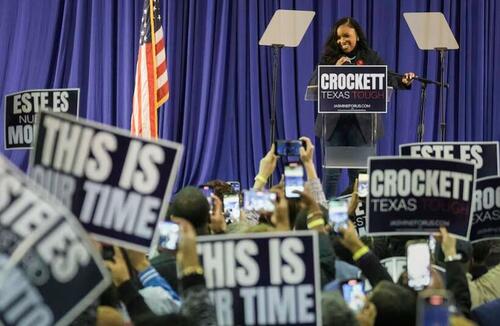



 Russian military file image.
Russian military file image.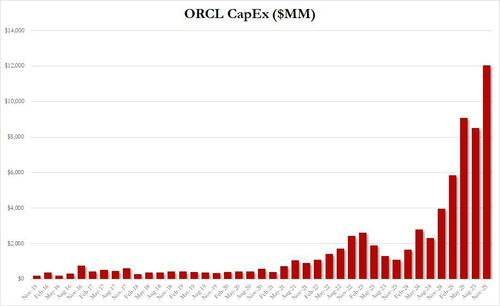
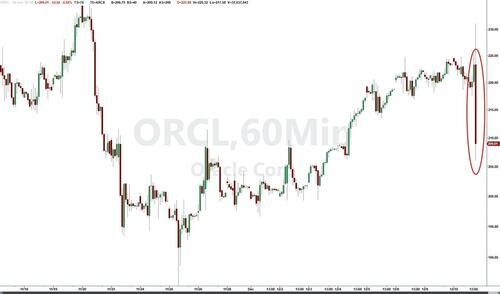

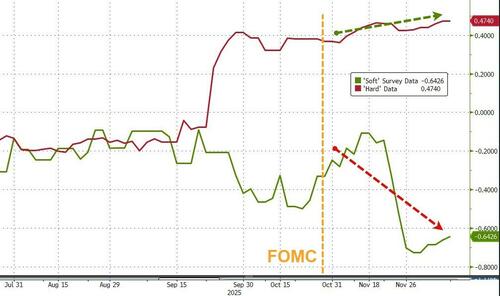











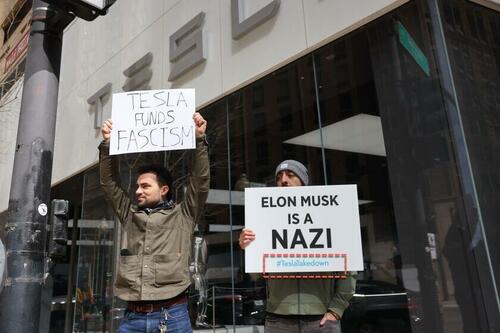

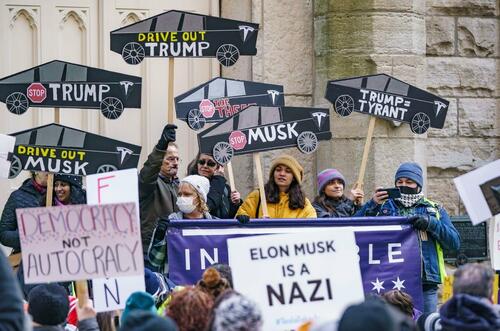
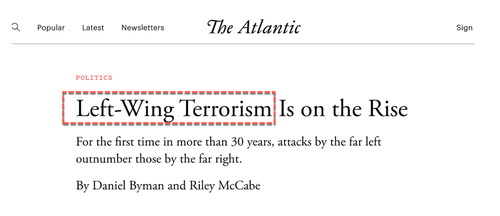
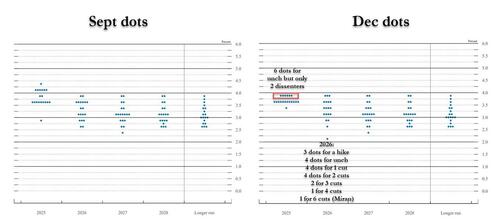



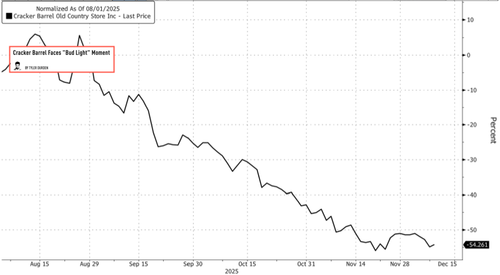




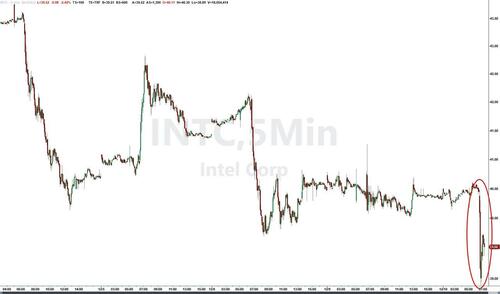


 Kyiv without power. File image via Suspilne News
Kyiv without power. File image via Suspilne News  Via Telegram
Via Telegram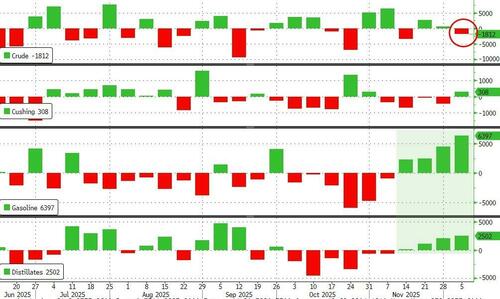
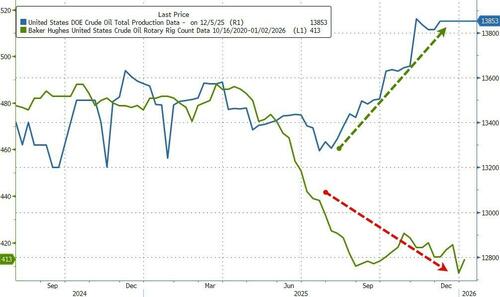
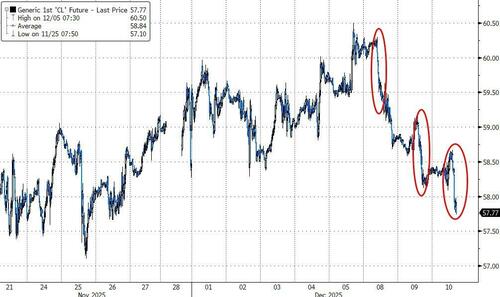
Recent comments